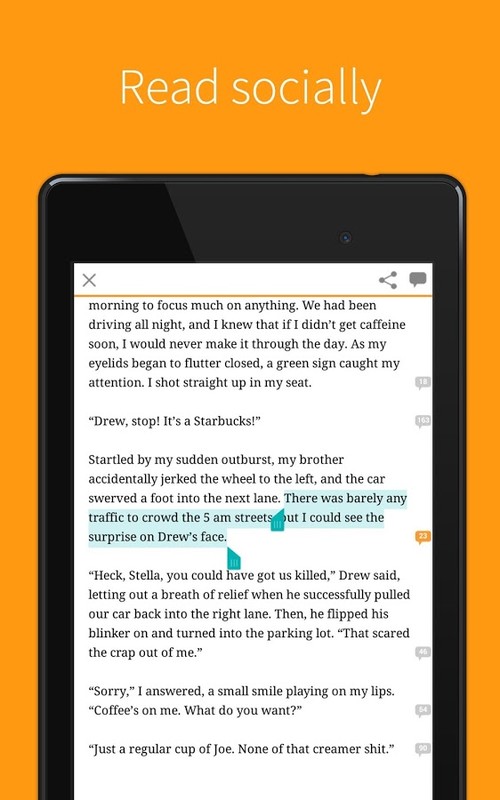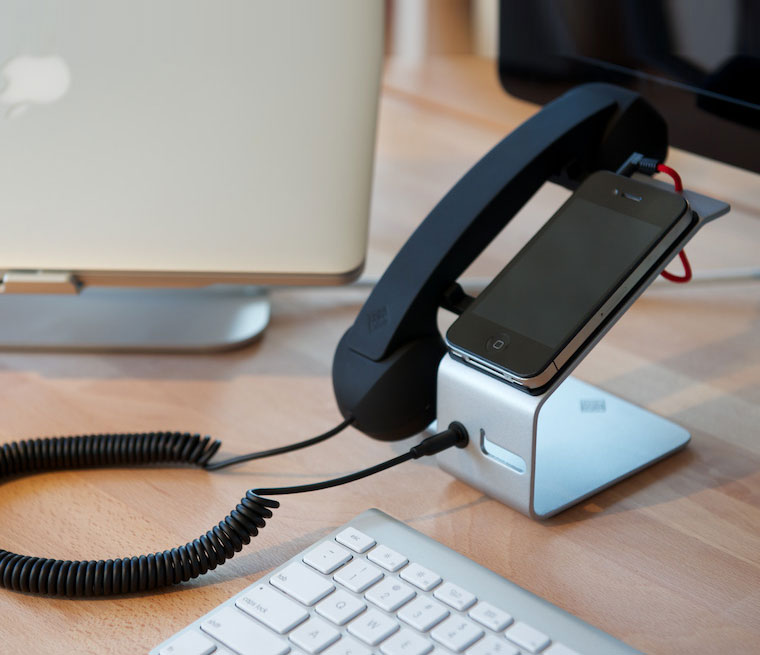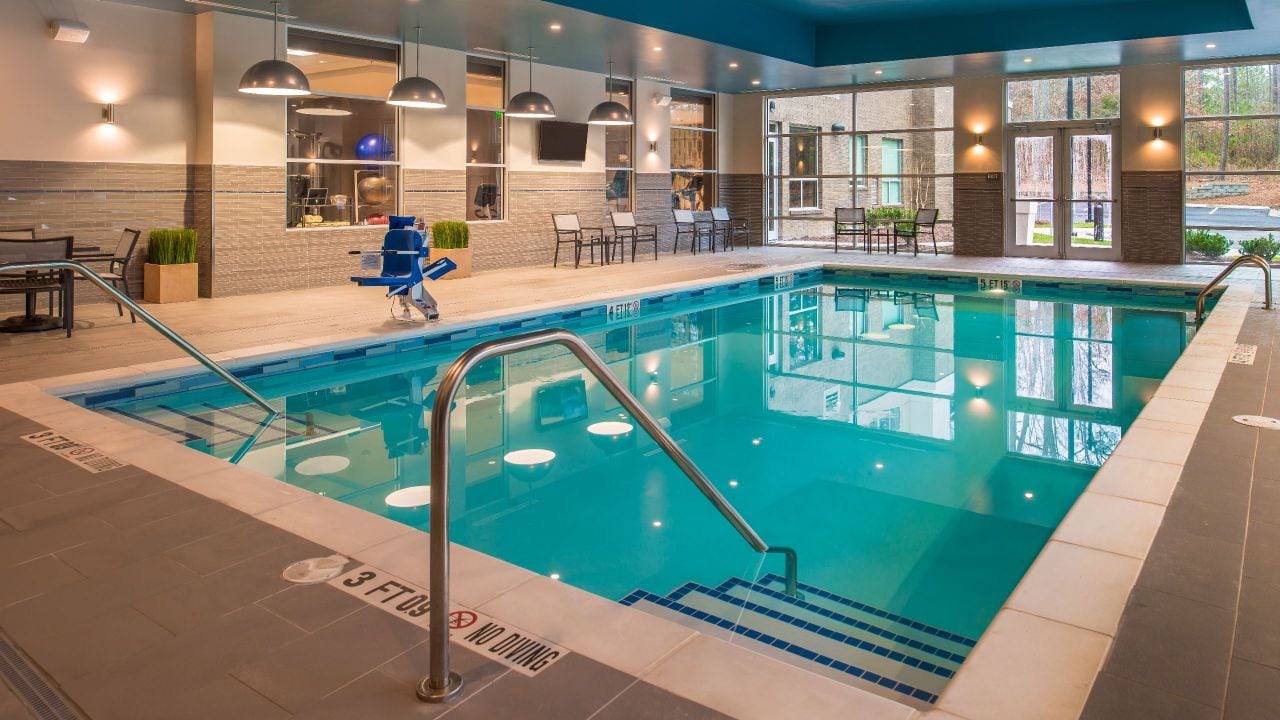Table of Content
Install the app, open it up, and then follow the prompts to mirror your smartphone screen to your projector. Keep in mind that newer devices may not work with it because it is not officially supported anymore. Your smartphone will then search for available Wi-Fi direct devices, and when your projector appears, tap the option to connect and follow any additional instructions if prompted to. If you have any other sources connected to the TV then you can connect the TV audio output to the HTS and that will handle all the sources rather than just the android box. Depending on the manufacturer, it may offer separate apps for each product type with category specific features, or it may have one app that controls all its home-theater products. In the latter case, you may be able to double-dip and control two components with one app if you’re particularly loyal to a brand.
On clicking Media on the screen, a menu comprising of PHOTO, MUSIC, MOVIE, and TEXT, will appear on your left-hand side facing the screen. Once the connection is complete, you'll now play music from your phone to the home theater through USB. You'll be able to do this by either playing music on your phone’s SD card or in another app such as YouTube. Most will also let you view live and on-demand programming on your phone or tablet, turning it into another TV. You’ve got the latest OLED TV, 3000 satellite TV channels, and a surround-sound system that would make George Lucas jealous. Why are you still using that 1980s-style hunk of handheld plastic to control it all?
How to Play Music from Phone to Home Theater System via USB?
All you need to do is purchase one and download the Irdroid app. What do I do if I don't have information for a USB connection on my Android phone, only "Android system cable charging", and no option to change settings? None of the ports work and I have restarted both devices. But what if you don’t want to use any streaming boxes at all? What if you want to physically connect your smartphone to your projector?
Previously, Android officially supported Miracast but dropped it with Android 6 Marshmallow. Miracast still works with some Android devices, though, because it’s based on Wi-Fi Direct, which is still supported by Android. Ensure your projector is set to screen mirroring; as we discussed previously, if your projector does not support mirroring, you will have to purchase a casting device. Apple recommends purchasing a Lightning to HDMI adapter or cable if you want to connect your iPhone to any device that supports HDMI. You just connect the adapter to your phone and your HDMI cable to the adapter and the projector. We have discussed how to connect your Android smartphone to a projector, but these methods do not work if you are an owner of an iPhone.
How do I connect my phone to receiver?
To connect your Android phone to your computer that has Windows, first plug your phone into your computer with a USB cable. When your Android is plugged in, swipe down from the top of your phone's screen to open the notification panel. From this menu, tap the USB option and then select “File transfer,” “Media transfer,” or “MTP,” depending on the wording on your device. Once the drivers have been installed, open your Computer/This PC folder on our computer and double-click on the Android device to view all of its files.

In a past life, he was a UK college lecturer, training teens and adults. Since leaving the classroom, he's been a tech writer, writing how-to articles and tutorials for MakeUseOf, MakeTechEasier, and Cloudwards.net. He has a degree in History and a postgraduate qualification in Computing.
Manufacturer Applications and Software
If you don’t want the expense and hassle of adding hardware, you can rely solely on apps to get the job done. The downside is you’ll probably have to download a separate remote-control app for each component in your home theater system. A far more elegant solution is to use your iPhone, iPad, or Android phone or tablet as a universal remote.

If your projector does not have an MHL-enabled HDMI port, it won’t support your smartphone. In addition to this, your smartphone also has to support MHL. This is due to the lack of power that is supplied through the cable when using this configuration. If you would like the ability to charge your phone while it is connected to a projector, then the USB-C to USB-C or the MHL option is for you.
Miracast
However, this means your phone is out of commission or, well, busy, for the whole time you’re projecting. If you want to watch-and-scroll, this option isn’t for you. Features and limitations of the most popular options in this category are below. Since you have got the wired solution, it’s time to turn on the phone, and the projector to take the final step. Soon after clicking “okay”, you will be required to take the final step. Find the “Cast Screen/Audio” and allow the Chromecast to connect your phone and a projector.

First of all, you have to confirm whether your RCA home theatre projector has all the features to be connected to the phone or not. Most projector users struggle with connecting the phones with the RCA projectors. However, the process is fairly simple and more or less the same as other projectors.
As the TV turns on, turn the switching from AV 1 to Media. RokuThe remote for the Roku 3 supports gestures, too, but the lack of a keyboard makes searching for titles a tedious affair. Most Android smartphones have infrared emitters built right in.

To get started, look on your projector for a setting or switch that says “screen/device mirroring,” then switch to that setting. In this section, we will discuss the various types of cabling methods you are able to consider when a wireless option is out the window. In today’s digital world, projectors are used by many individuals for a variety of applications. They are a part of conference rooms, offices, seminar halls, classrooms, educational institutions, and auditoriums. In the About section of your phone’s Settings, click on Software Info then click severally on Build Number until the “You are now a developer” message pops up. In the USB port of your LED, connect one end of the USB cable to the USB port of the TV.

No comments:
Post a Comment